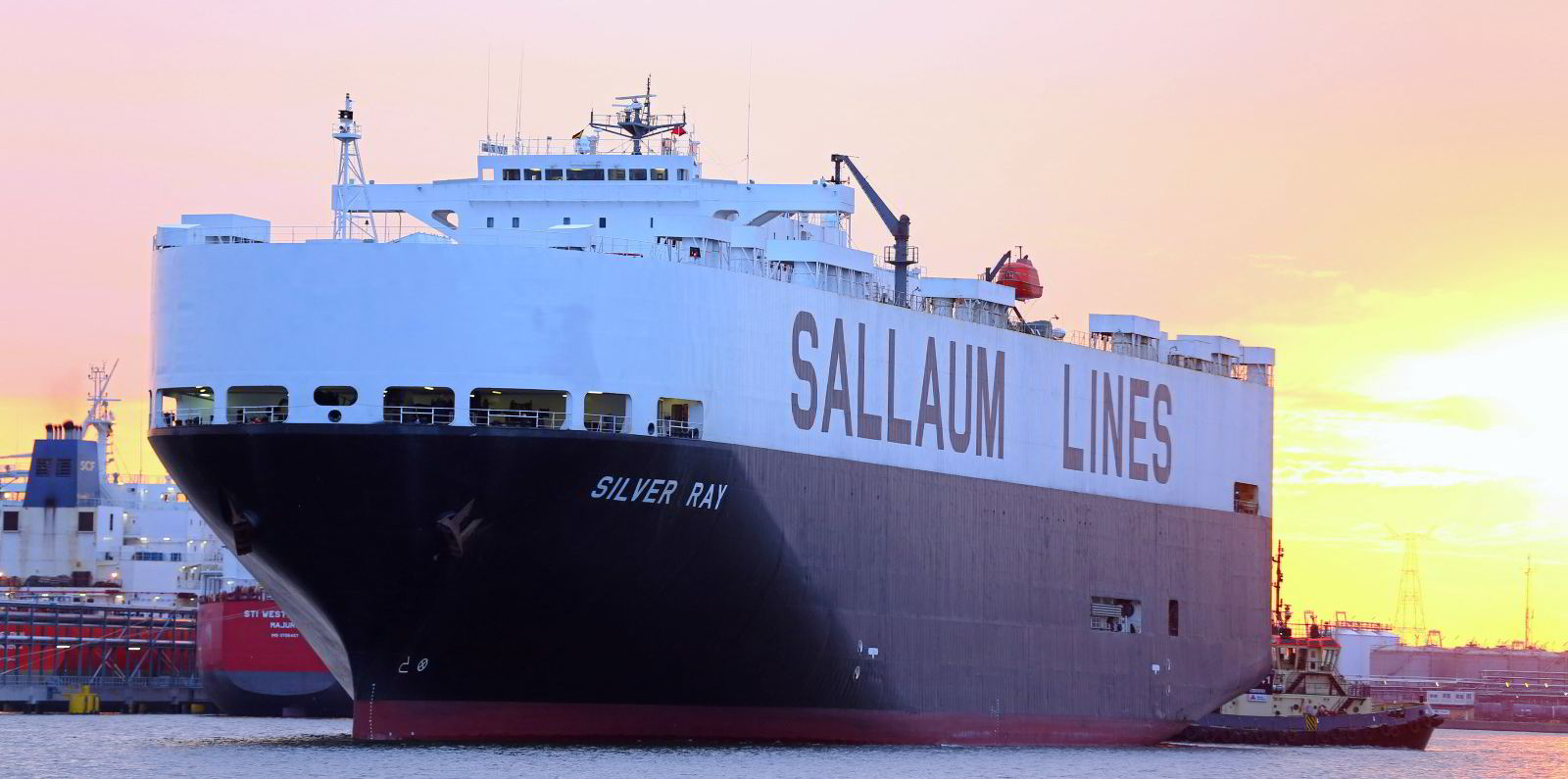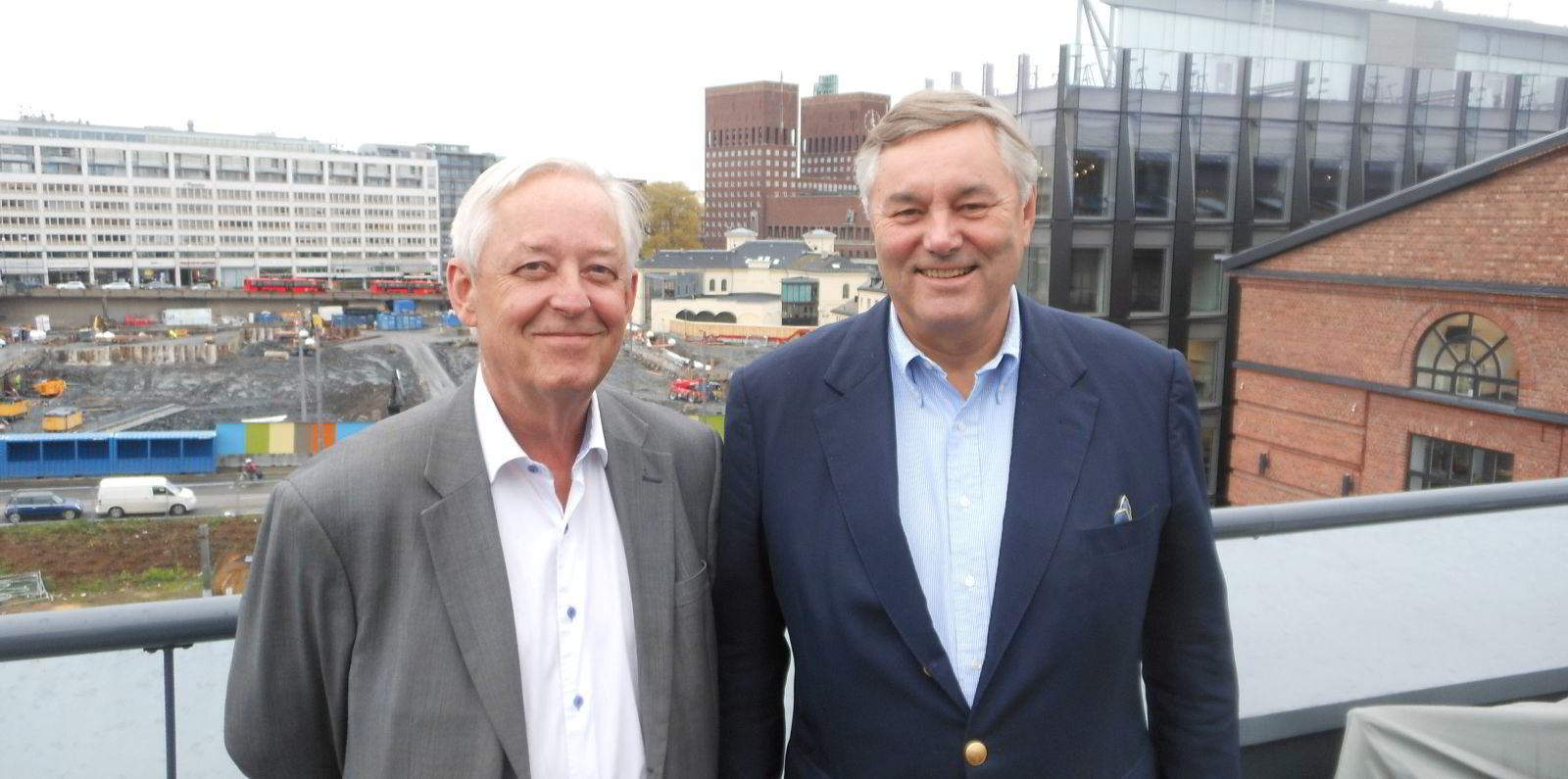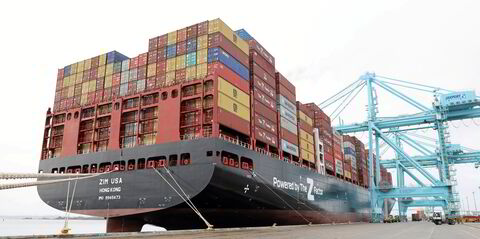Despite being the world’s largest car carrier operator, Wallenius Wilhelmsen is sold out of tonnage.
It said on Wednesday that its volumes have declined by 10% as owners and operators across the segment stay away from the Red Sea to avoid being a target for Houthi militants in Yemen, lowering ship supply and boosting rates in an already tight market.
The tightness helped push the giant’s quarterly profit to $185m from $173m for the same period last year.
“Basically, we are sold out in shipping,” said chief executive Lasse Kristoffersen during the Oslo-listed company’s earnings call.
He added that the decline in volumes is almost entirely due to the disruptions caused by the Houthis.
“It had an extraordinarily strong effect on volumes transported,” Kristoffersen said. “This is not to be read as any weakening in demand for volumes. It’s actually the opposite.”
He said the fleet earned all-time high time charter equivalent rates of $59,000 per cbm during the quarter and that new contract rates were coming in 5% higher, helping the top line to $927m, a decline from $956m year over year.
Wallenius Wilhelmsen is set to renew 46% of its contracted volumes this year, with much of that set for the second half of the year.
During the call, Kristoffersen said the global fleet was largely sold out in 2023, before adding newbuildings this year.
But adjusting for both growth in Chinese exports — the initial cause for tightening of the market before the Red Sea situation — and the volumes lost due to rerouting, the demand might persist in surpassing the available supply, he said.
“This is not a forecast, however, for 2024 we feel quite firm that this is going to be a very tight [market] and maybe an even tighter year than 23,” Kristoffsen said.
For the quarter, the company’s logistics segment brought in $300m, up from $277m in the first quarter of 2023 while US government services earned $90m up from $72m.
Freed ship
The company also said the 7,879-ceu car carrier Carmen (built 2011) was able to leave Baltimore on 25 April.
The ship had been trapped at Wallenius Wilhelmsen’s terminal at the key US automobile port following the collapse of the Francis Scott Key Bridge in late March.
According to AIS data, the ship sailed south and transited the Panama Canal last week.
It is currently in the Pacific Ocean south of El Salvador and appears en route to Shanghai.
The company continues to forecast an impact between $10m and $12m from the bridge collapse.





